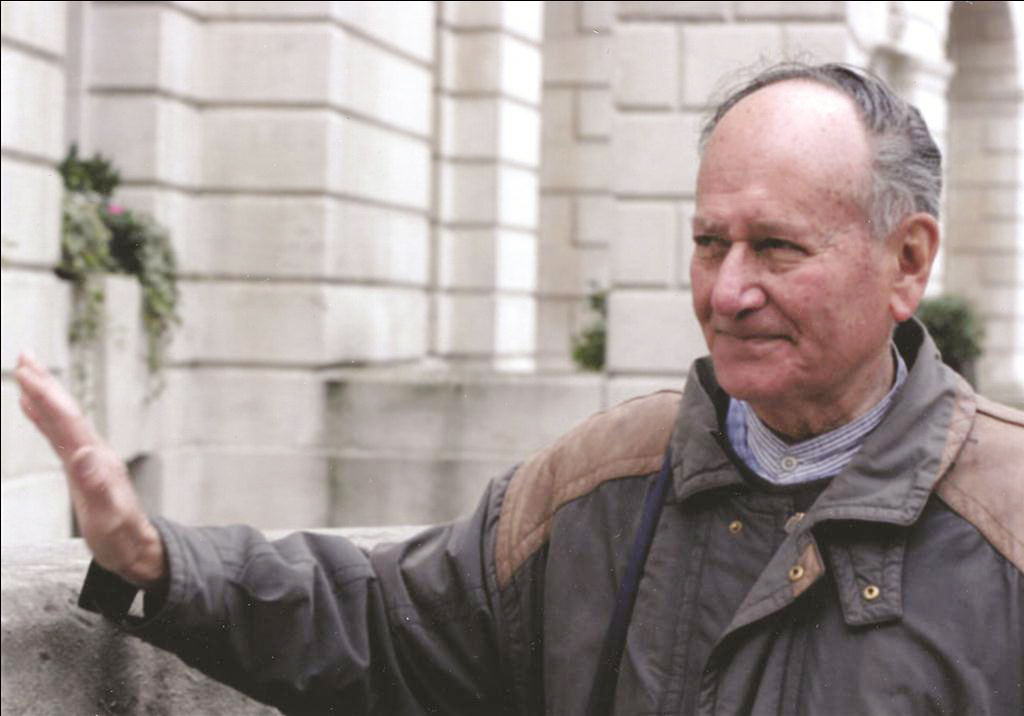click to dowload our latest edition
CLICK HERE TO SUBSCRIBE TO OUR NEWSLETTER


Published
3 years agoon
Historians of South African architecture divide their field into two periods: BC and AC. BC is “before Chipkin”. AC is “after Chipkin”.
Clive Michael Chipkin was a major intellectual force in reshaping how South African architects thought about their practice, in particular their roles during apartheid.
Chipkin died last Sunday aged 91. After seeming to have won a brave, month-long battle against COVID-19, he died of a heart attack a few days after returning home, surrounded by his family.
His most famous moment was at the beginning of his career: designing the layout for the legendary Congress of the People at Kliptown in 1955, where the Freedom Charter was signed. Chipkin had only just graduated from the University of the Witwatersrand (Wits), and was working for architect and anti-apartheid activist Rusty Bernstein, who charged him with turning a dusty soccer field alongside a railway line into a venue suitable for a mass gathering. Chipkin would later write, “In retrospect, the most momentous project of my career turned out to be the gum-pole and hessian single-seater privies at the Congress of the People.”
Chipkin grew up in Yeoville, Johannesburg, during the depression era, and attended the nearby King Edward VII School before entering Wits to study architecture. In the late 1950s, he went to London, working first as a teacher, then as an architect in the huge social housing department of London’s city council. He returned to South Africa via a visit to India at a time when Le Corbusier’s grand post-independence vision was being constructed.
Aged only 30, he set up his own firm, Clive Chipkin Architects, in 1958. A small practice with never more than two or three associates, it took on assignments Chipkin felt had integrity. He described his design philosophy as “modern vernacular”, mainly based on brickwork. He decried fussiness and believed in expressing directly the materials he employed.
But his real influence was as a thinker. He wrote two seminal books, Johannesburg Style: Architecture and Society 1880s – 1960s (1993) and Johannesburg Transition: Architecture and Society from 1950 (2008), as well as more than 50 essays on South African architecture.
The paradigm change he brought was to view South African architecture not simply as a list of buildings and their dates and styles, but located within their social milieu. His beautifully written essays located the development of cities, building projects, and property speculation within local and global trends: the movement of gold prices on the London Stock Exchange, pronouncements by National Party ministers, and even trends within jazz and the arts. His were also the first architectural history books to pay equal attention to the skyscrapers of Johannesburg and the impoverished matchbox houses of Soweto, and how both were intertwined products of the same social system.
He was a frequent critic of fellow practitioners who built the segregated institutions of apartheid, and he refused all work for government, provincial, or municipal institutions. In 1986, he was a founding member of the pressure group Architects Against Apartheid, who challenged their colleagues to support radical changes to the Architects Act of 1970 and the Code of Conduct of the Institute of South African Architects.
He was awarded an honorary doctorate in architecture from Wits. The citation noted that “no other work on the subject of Johannesburg’s architecture comes close to matching Chipkin’s reach across so many disciplines … his breadth of scholarship is such that he enables the reader to see the city and its buildings with a fresh understanding”.
Charming, modest, and kindly, always with a wicked twinkle in his eyes, Chipkin remained fit and intellectually engaged into his 90s, walking briskly and without help, with the energy of a far younger man. He was married to the late Valerie Chipkin, a patient supporter of her husband’s less-than-lucrative career, and whose expressionist art works adorned the walls of their much-admired home in Craighall Park. He is survived by children Peter and Ivor Chipkin and Lesley Hudson, by five grandchildren and one great-grandchild, and by his companion in his last years, Professor Marcia Leveson.
